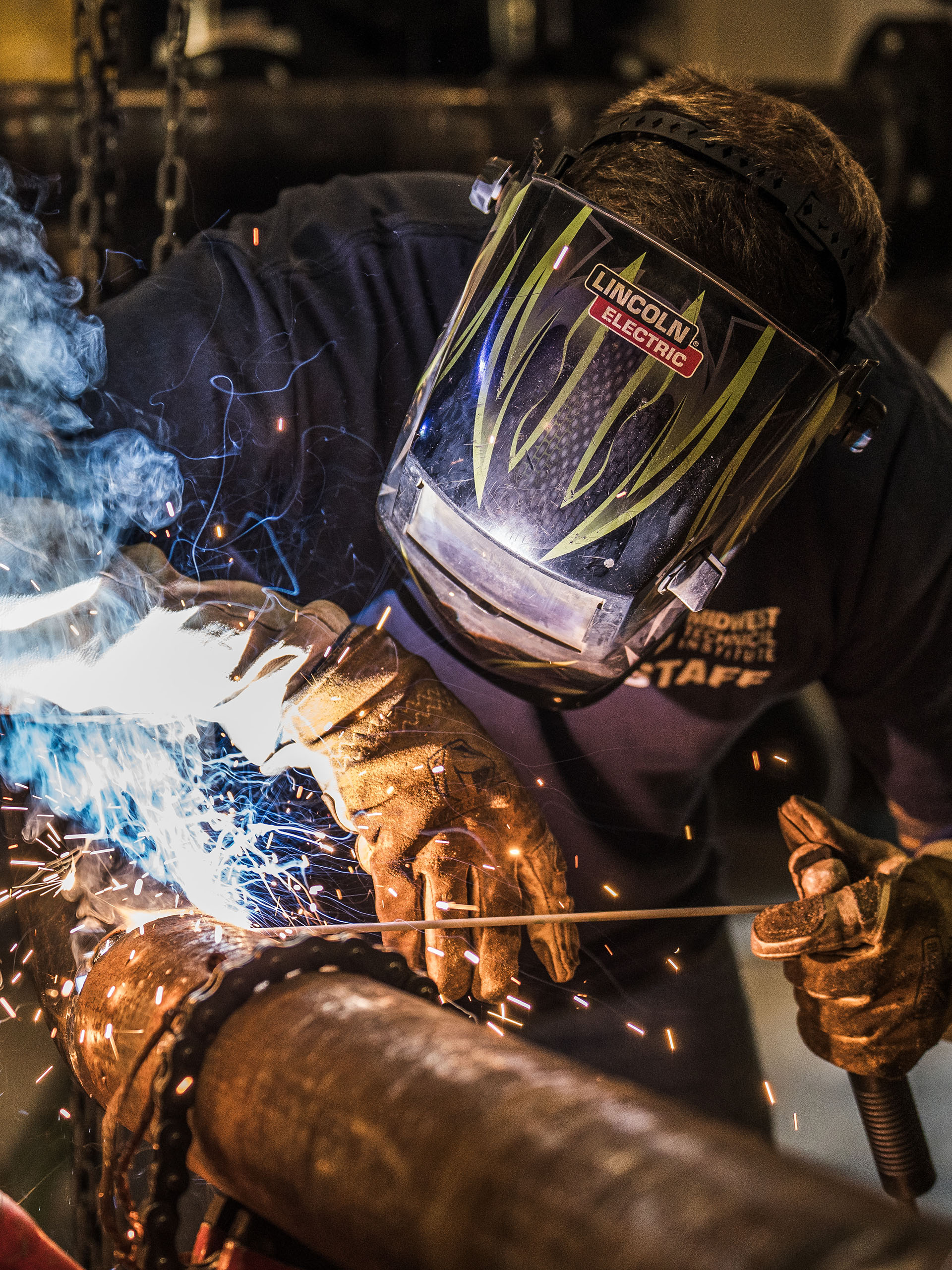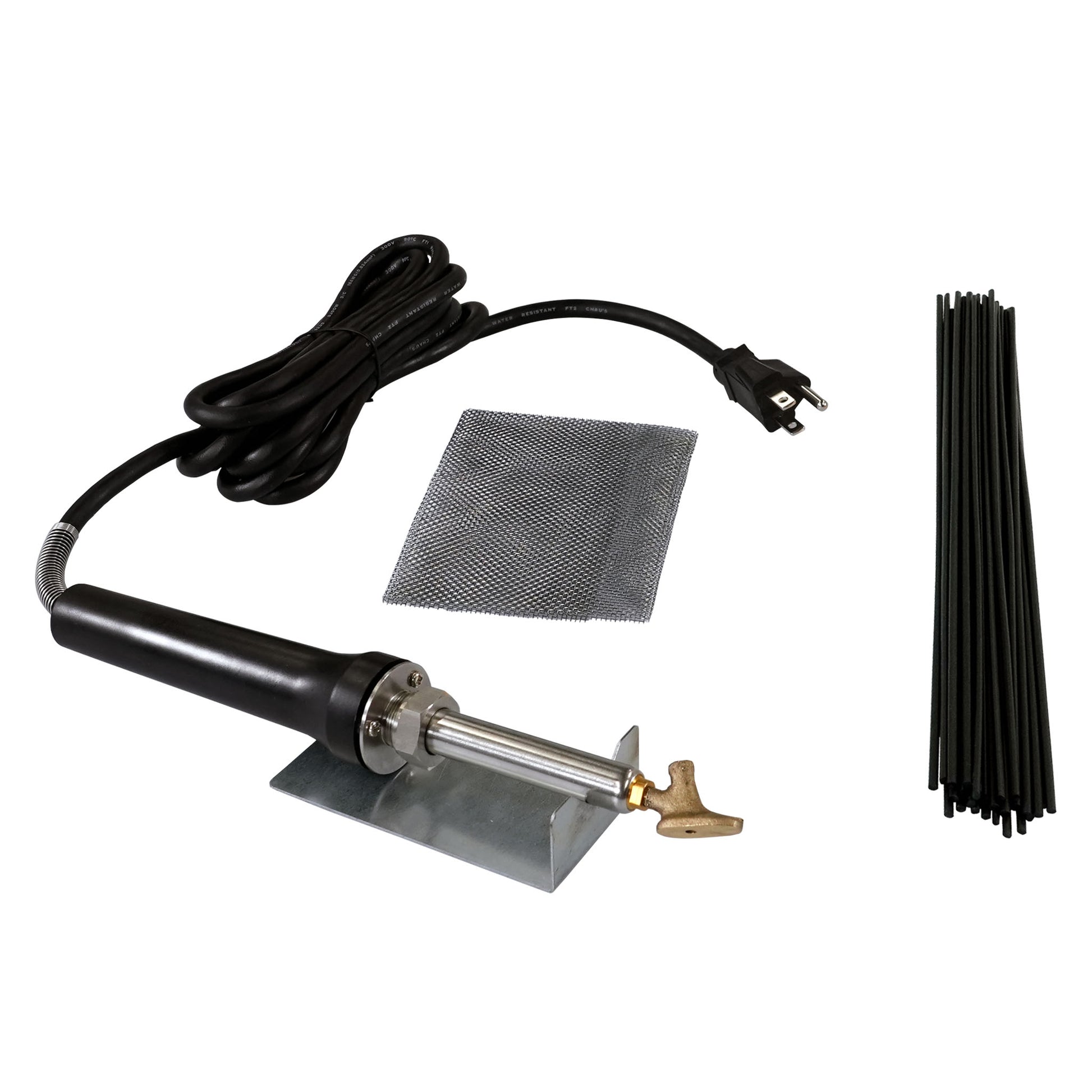All About Welding: Secret Insights Into Techniques and Ideal Practices for Success
Welding encompasses a variety of methods, each matched for particular materials and applications. Understanding these approaches, such as GMAW, SMAW, and TIG, is vital for accomplishing excellent results. Additionally, the best equipment and safety methods can not be neglected. As preparation and repairing play crucial functions in the welding procedure, understanding these components can considerably enhance the high quality of the final product. What are the key elements that assure an effective weld?
Understanding Different Welding Strategies
Welding strategies incorporate a range of approaches, each fit to particular applications and materials. Among one of the most common methods are Gas Steel Arc Welding (GMAW), Secured Metal Arc Welding (SMAW), and Tungsten Inert Gas Welding (TIG) GMAW, likewise referred to as MIG welding, is prominent for its speed and flexibility, making it perfect for thin products. SMAW, or stick welding, is preferred for its simpleness and effectiveness in outdoor settings, specifically with thicker metals. TIG welding supplies precision and control, making it ideal for elaborate work and non-ferrous steels (Fabrication). Each method has its unique benefits and considerations, enabling welders to select the very best technique based upon the task's demands, product type, and desired outcomes. Recognizing these methods is essential for effective welding
Vital Welding Tools and Devices
While different welding methods require certain abilities, the appropriate tools and tools are similarly essential for accomplishing top quality results. Necessary welding equipment consists of welding machines, which differ depending upon the method-- such as MIG, TIG, or stick welding. Safety equipment, including gloves, safety helmets, and aprons, warranties safety and convenience during the procedure. On top of that, clamps and components help protect products in position, making certain accuracy in welds. Consumables like welding rods, cable, and securing gas are additionally vital parts that affect the quality of the weld. Furthermore, devices such as grinders and cutters help with surface prep work and post-weld ending up, contributing to a professional result. Purchasing top notch devices ultimately enhances the effectiveness and performance of welding projects.
Safety Practices in Welding
Proper security practices are crucial in the welding sector to secure employees from possible threats. Welders should wear proper personal protective tools (PPE), including safety helmets with correct shading, gloves, and flame-resistant clothes. Sufficient air flow is crucial to decrease exposure to dangerous fumes and gases produced during the welding procedure. In addition, employees ought to be trained in the correct handling of welding devices to avoid mishaps. Fire precaution, such as keeping combustible products away from the welding location and having fire extinguishers conveniently offered, are essential. Normal examinations of tools and work spaces can aid recognize possible hazards prior to they cause accidents. By sticking to these safety and security practices, welders can create a safer working setting and minimize risks related to their trade.
Preparing Materials for Welding
Preparing materials for welding is an essential step that greatly affects the top quality and honesty of the end product (Montana Mobile Welding and Repair Belgrade). Appropriate preparation involves cleansing the surface areas to get rid of contaminants such as dirt, rust, and oil, which can compromise the weld. Strategies such as grinding, sanding, or utilizing solvents are commonly used to accomplish a clean surface area. Furthermore, making certain that the products fit together snugly is crucial; spaces can result in weak welds. It's likewise essential to take into account the placement and positioning of the components, as this will affect the ease of welding and the final outcome. Finally, selecting the proper filler product and guaranteeing compatibility with the base steels is important for achieving strong, resilient welds
Tips for Achieving High-Quality Welds
Accomplishing top notch welds needs focus to detail and adherence to best practices throughout the welding procedure. Appropriate joint prep work is vital, making certain surface areas are clean and free from impurities. Selecting the suitable filler product and welding technique based on the base steels is important for ideal bonding. Maintaining regular travel speed and angle while welding can advertise and protect against problems harmony. Additionally, controlling warm input is essential; excessive warm can lead to bending and compromised joints. If necessary, on a regular basis evaluating the welds during the procedure enables for instant modifications. Finally, employing ideal post-weld therapies, such as cleansing and stress and anxiety relief, can enhance the resilience and honesty of the weld, eventually making sure an effective result.
Troubleshooting Usual Welding Issues
Welding frequently presents difficulties that can affect the high quality and honesty of the final product. Typical problems such as porosity, inconsistent weld beads, and overheating can occur, each calling for details fixing strategies. Recognizing these issues is vital for welders to improve their skills and accomplish excellent outcomes.
Porosity Problems Explained
Although porosity can frequently be ignored, it remains an essential concern in welding that can endanger the stability of an ended up product. Porosity refers to the presence of little gas pockets within stitch weld the weld bead, which can lead and weaken the joint to premature failure. This problem commonly emerges from pollutants, dampness, or improper securing gas coverage throughout the welding procedure. To reduce porosity, welders should verify that the base materials are dry and clean, utilize suitable shielding gases, and maintain consistent welding parameters. Consistently evaluating the devices and atmosphere can likewise help identify potential problems prior to they show up in the weld. Attending to porosity effectively is vital for attaining strong, long lasting welds that meet top quality standards.

Irregular Weld Beans
Irregular weld beads can substantially influence the top quality and strength of a completed product. Numerous factors add to this issue, consisting of improper travel speed, wrong amperage setups, and irregular electrode angles. When the welder moves too quickly, a bead may appear narrow and lack infiltration, while relocating as well slowly can trigger too much build-up. In addition, using the incorrect amperage can lead to either undercutting or too much spatter, both of which concession weld honesty. The welder's technique, such as inconsistent torch movement, can additionally cause uneven grain appearance. To minimize these problems, welders need to concentrate on preserving consistent, controlled activities and making sure appropriate devices setups to accomplish uniformity in their welds. visit their website Uniformity is vital to attaining strong and reputable welds.
Getting Too Hot and Bending Issues
Excessive warm during the welding procedure can result in significant overheating and deforming issues, influencing the architectural stability of the work surface. These problems typically show up as distortion, which can endanger alignment and fit-up, making more assembly challenging. Aspects contributing to overheating consist of the option of welding specifications, such as voltage and take a trip speed, as well as the kind of material being bonded. To mitigate these concerns, welders need to maintain regular traveling rate and appropriate warmth input while checking the work surface temperature level. Additionally, preheating or post-weld heat treatment can help reduce stresses brought on by rapid cooling - Belgrade Welding. Regular examination and adherence to best practices are necessary in protecting against overheating and making certain the long life and reliability of welded structures
Often Asked Questions
What Are the Profession Opportunities in the Welding Industry?
The welding industry supplies varied job chances, consisting of settings as welders, designers, instructors, and inspectors. Professionals can operate in manufacturing, building and construction, aerospace, and automotive sectors, gaining from solid need and competitive wages in numerous functions.
Exactly How Can I Improve My Welding Rate Without Giving Up Top Quality?
To enhance welding rate without compromising high quality, one need to exercise efficient techniques, keep devices, maximize setups, and boost hand-eye sychronisation. Regular training and looking for comments can additionally considerably contribute to attaining much faster, high-grade welds.
What Qualifications Are Available for Welders?
Numerous certifications exist for welders, including those from the American Welding Culture (AWS), the National Facility for Building And Construction Education and Study (NCCER), and different industry-specific organizations. These credentials enhance employability and see page show ability proficiency.
Just How Does Welding Affect the Properties of Metals?
Welding influences the residential or commercial properties of steels by altering their microstructure, which can lead to adjustments in solidity, stamina, and ductility. Warmth input and air conditioning prices throughout the procedure considerably influence these material qualities.
Can I Bonded Dissimilar Metals With Each Other?
